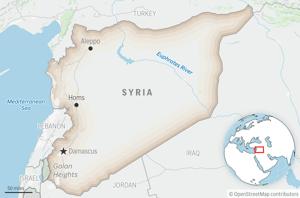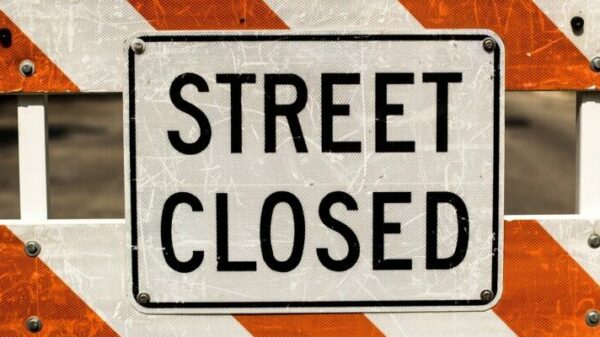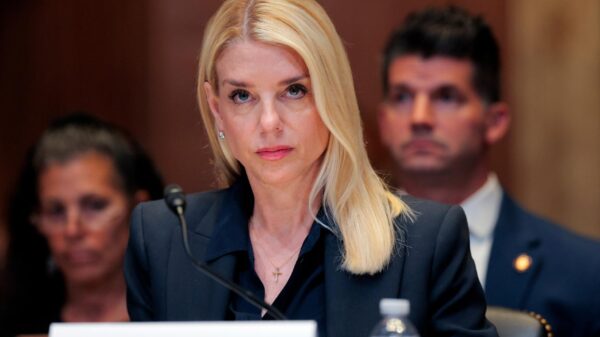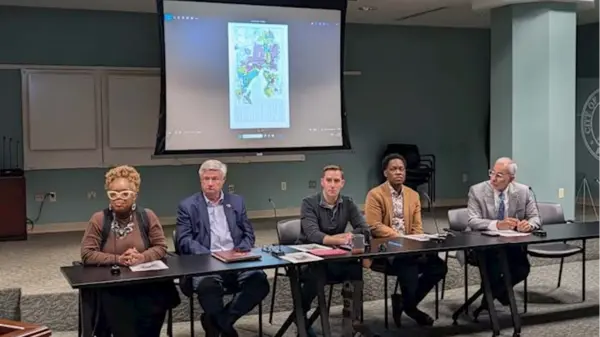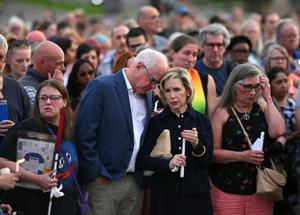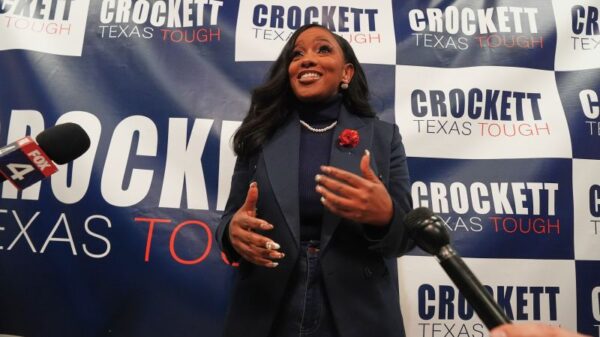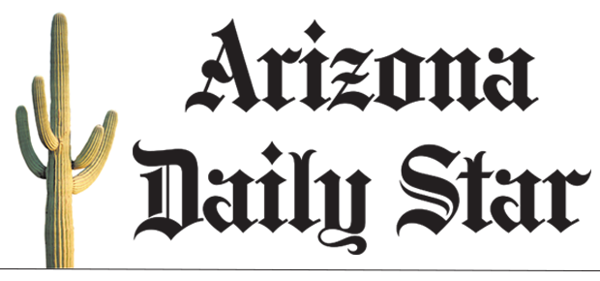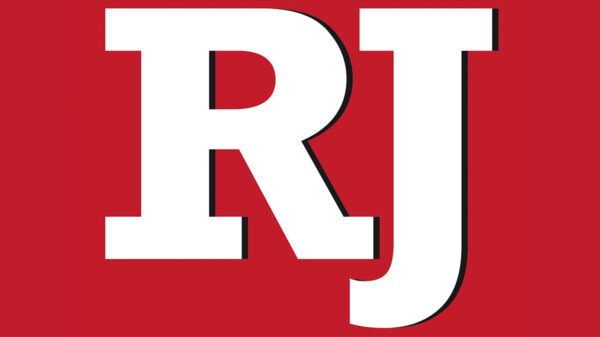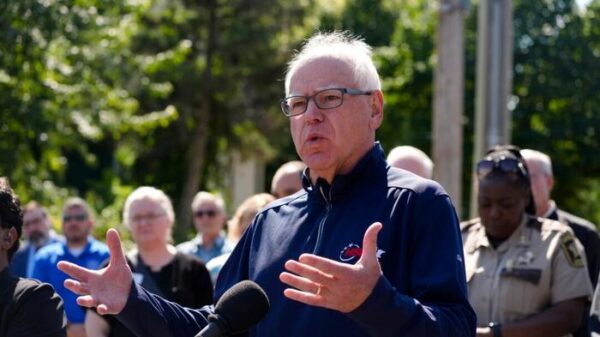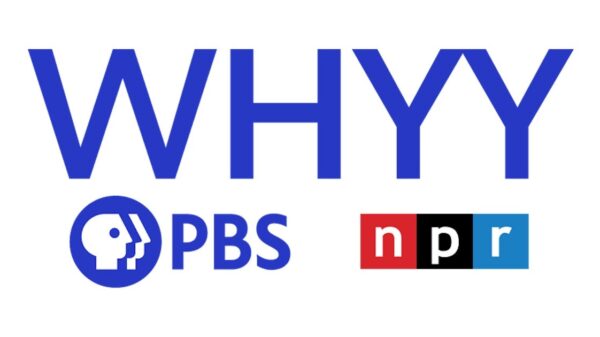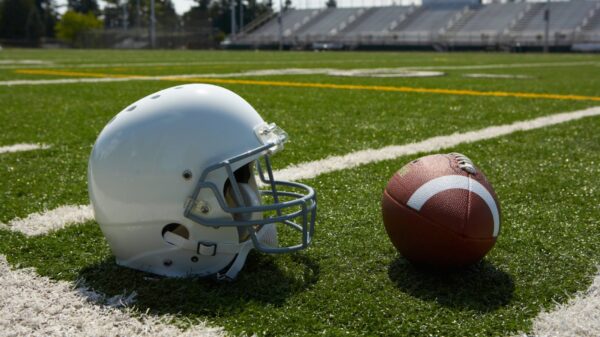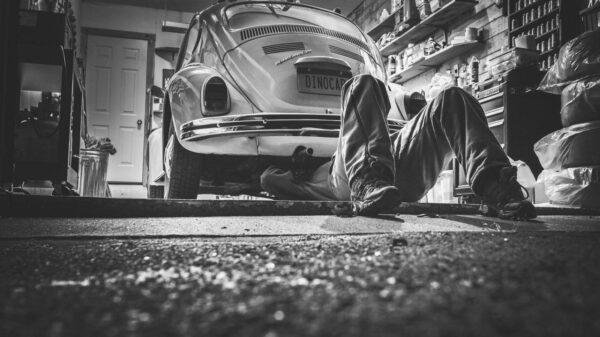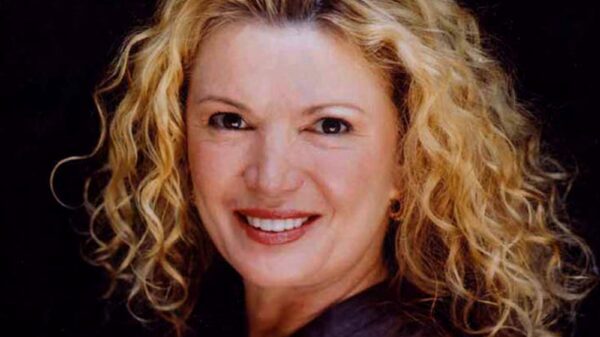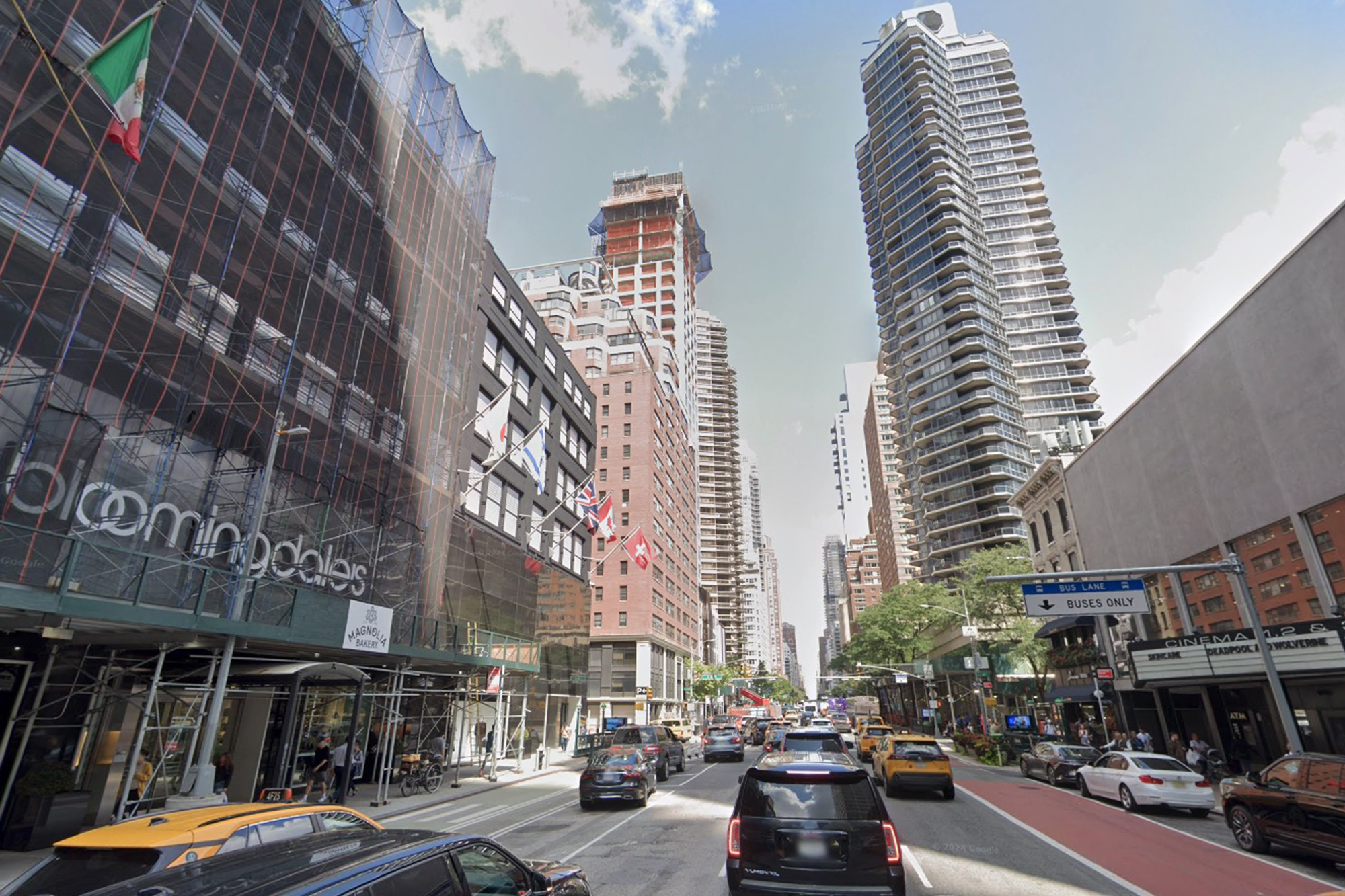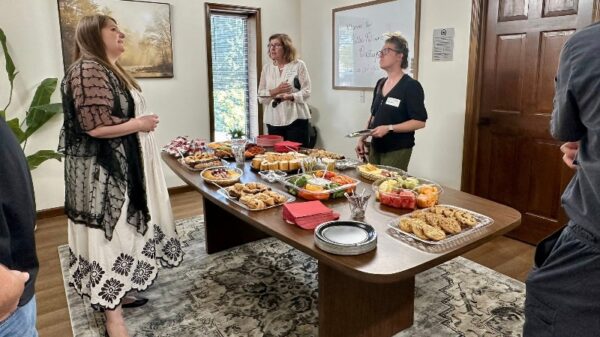The retail landscape on Third Avenue north of Bloomingdale’s is experiencing a notable resurgence, indicating positive trends for both Upper East Side residents and the broader Manhattan leasing market. According to Steven Soutendijk of Cushman & Wakefield, the availability of retail spaces has significantly decreased from a high of 25.9% between 59th and 79th streets at the end of 2020 to just 8.4% currently.
A closer look reveals that most of the available spaces are concentrated around Bloomingdale’s, particularly the former Home Depot location. Asking rental rates for retail spaces vary widely, ranging from $150 to $400 per square foot, with an average asking price of $246 per square foot. Despite lacking the high-profile status of nearby Madison Avenue, Third Avenue serves as a critical indicator of the economic vitality of one of Manhattan’s most stable middle-class areas.
New Tenants and Trends Reshape the Avenue
The consistency of Third Avenue’s demographic base continues to attract quality tenants, as noted by James Famularo of Meridian. Three years ago, the avenue saw a shift away from traditional sportswear shops, giving way to “wellness” businesses and even pet clinics. While many of these non-traditional retailers remain, there is a renewed interest in leases for businesses that offer tangible products.
The next significant arrival is expected to be Brandy Melville, which will open at 1172 Third Ave., situated between East 68th and 69th streets. This location, previously home to a CVS store and several pop-up shops, represents a revitalization of the retail space. Additionally, Blinds to Go has taken half of the retail area at 1011 Third Avenue, located between East 60th and 61st streets, while Whole Foods Daily Shop has occupied most of the former Food Emporium site.
Another notable development includes the opening of a new branch of the popular Italian restaurant Felice, which is set to replace a diner-cafe in Trump Plaza at East 64th Street. Despite these positive changes, certain high-priced retail spaces remain vacant, such as the long-unleased corner at the Harry Macklowe-developed 200 E. 59th St. and the former Ikea Studio at 999 Third Ave.
Rapid Leasing Reflects Diverse Retail Interest
In contrast, smaller retail spaces in the high 60s and 70s are being leased quickly, showcasing a diverse mix of traditional apparel, grocery stores, restaurants, and services. This trend underscores a growing optimism about the retail potential along Third Avenue, suggesting that the area is not only recovering but evolving.
As the retail scene continues to shift, the developments on Third Avenue serve as both a reflection of changing consumer preferences and a promising sign for the economic health of the Upper East Side. With a mix of new and established brands taking root, the area is poised for a vibrant future.









